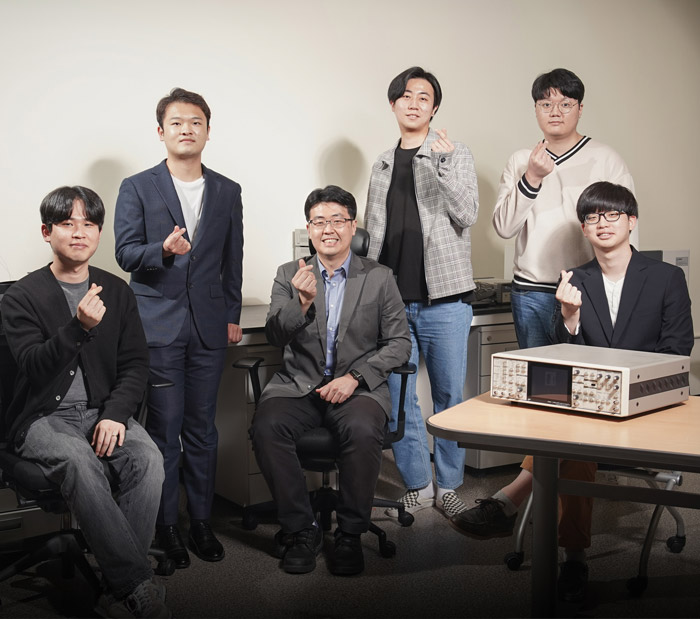Research Stories
Advanced Method to Predict Remaining Useful Life of Li-ion Batteries with State Changes
The proposed method is expected to apply tosystems with state changes in analyzing system behavior, as well as predictingremaining useful life, and thus to contribute effective and efficientmanagement of engineering assets.
Systems Management Engineering
Prof.
KWON, DAEIL
A research collaboration team led by Prof.Daeil Kwon (Dept. of Systems Management Engineering) and Prof. Jooho Choi(Korea Aerospace University) developed a remaining useful life predictionmethod for secondary batteries with state changes. This research was publishedIEEE Transactions on Industrial Electronics (IF=7.515, Instruments &Instrumentation, JCR top 0.78% in instruments & instrumentation)
Most cell phone users may have noticed overthe lifetime that the usage time of their cell phones is becoming short,compared to that of a new phone, even after the phone is fully charged. Thisphenomenon is known as capacity fade, the capacity of li-ion batteriesgradually decreases over repeated charge and discharge cycles. While capacityfading for most batteries is fairly consistent, some batteries show significantcapacity drop after a certain charge and discharge cycles, sometimes resultingin consumer claims.
This research developed an advanced methodto accurately predict remaining useful life of secondary batteries even withstate changes. Particle filter, a popular model-based method for battery lifeprediction, may be inappropriate for batteries with state changes. The proposedmethod demonstrated accurate remaining useful life prediction performance bycontinuously learning the changes in battery capacity behavior, and by updatingthe prediction model accordingly.
The proposed method is expected to apply tosystems with state changes in analyzing system behavior, as well as predictingremaining useful life, and thus to contribute effective and efficientmanagement of engineering assets.


